An amazing visit to Knossos in Crete and exploring this ancient capital city (updated 2023)
The Minoans are the earliest advanced civilization known to man and they made Knossos the largest settlement in Crete with a grouping of settlements just outside of the modern capital at Heraklion. The sprawling palace complex at Knossos is impressive and is associated with the legend of king Minos with it’s over 1300 room villa. The word Minoan comes from the mythical ‘King Minos’ of Knossos who was associated with the Greek Labyrinth and identifies the grounds around Knossos.
Why visit Knossos in Crete?
A visit to the grandest archeological site of Crete and understanding a little of the culture, history and art of the Minoan people will give visitors a look at how sophisticated and creative the early Minoan civilization was before the Greek civilization made an impact to the rest of the world and becoming a dominant scene in the economic, trade and ruling power of the Greek civilization.
Built around 2000 to 1400 BC, the palace complex (anaktora) was known at its time as a luxurious palace and administration center, very advanced during its timeframe. Knossos is the largest of the bronze age archeological sites in Greece with five other administrative palaces scattered around the island. The complex at Knossos served many purposes outside of just being the official residence of the king, it also had many administrative functions for civic and cultural event, religious services and an economic center to conduct business.
One of the top things to do in Crete, a visit to see the Unesco site at Knossos really gives the impressive history and culture of the early Minoan civilization on the island.
Weather and best time to visit Knossos in Crete
The weather in Crete, including the region of Knossos, is characterized by a Mediterranean climate. Here’s some information on the weather and the best time to visit Knossos:
- Spring (March to May): Spring is a wonderful time to visit Knossos as the weather starts to warm up, and the island begins to bloom with colorful flowers. The temperatures range from mild to warm, making it pleasant for exploring the archaeological site. It’s advisable to bring a light jacket or sweater for cooler evenings.
- Summer (June to August): Summer is the peak tourist season in Crete, including Knossos. The weather during this time is hot and dry, with temperatures ranging from warm to hot, often exceeding 30°C (86°F). Expect larger crowds at the site, especially during July and August. It’s recommended to visit Knossos early in the morning or later in the afternoon to avoid the hottest hours of the day.
- Autumn (September to November): Autumn is another favorable season to visit Knossos. The weather remains warm during September, gradually cooling down as the season progresses. October and November experience milder temperatures, with occasional rain showers. It’s a less crowded period, allowing for a more tranquil visit to the site. Packing layers and a light rain jacket is advisable for autumn visits.
- Winter (December to February): Winter in Crete, including Knossos, is mild compared to other parts of Europe. However, the weather can be unpredictable, with occasional rain and cooler temperatures. The archaeological site might be less crowded, offering a more intimate experience. It’s recommended to check the opening hours of Knossos, as they might be reduced during the winter season.
Here is a highlight to visiting the ancient civilization at Knossos
An introduction to early Minoan civilization
The Minoan civilization flourished around Crete and many of the Aegean around the Cyclades from 2600 to 1400 BC. They were traders exchanging handicrafts, ceramics, raw and precious materials and spices like saffron around the Cycladic islands, with the Egyptians to the south, Mycenae to the north and all the way to Canaan (Israel to the east) and Mesopotamia. Highly prized traded goods included ceramics, fine gold and silver and other luxury goods.
The Minoans excelled at trading with these various Mediterranean civilizations and creating a unique and colorful culture and history of its own.
Knossos architecture and art
Minoan art and architecture focused on organic and naturalistic designs. Popular images used in Minoan art incorporated the use of spirals, triangles and circles along with studies of animals, fish, flowers, birds along with strong geometric lines and color blocking details. This is typically clear with the large number of found pottery, archeological ruins and small artifacts that have been uncovered at the main palaces and archealogical sites around Crete. Many of the grand rooms in the palace are supported with thick columns painted in solid black or red. Surprisingly, they are made completely of wood instead of stone. These columns are particular to the Minoan style and not Greek columns which are related more to the Mycenaean style of architecture.
The Throne room at Knossos
The most important room in the palace is the throne room with elaborate red frescos and murals with griffins that flank the main throne, which is a symbol of divinity. The throne room identified below has an alabaster seat thought to be a ‘throne’ along with a stone basin which might have been used for purification purposes. There is a mystery of the throne due to its small seat. It is believed to either be made for a female individual like a consort or priestess or it may be reserved primarily as a symbolic seat for a goddess or a priestess that would be present at a function or event.
Reconstructed murals at Knossos
Although the ancient site at Knossos has been not been certified as a Unesco site due to certain restrictions and updates that were done to the site primarily the controversial restoration work of murals which originally were fragments in its original condition. It is still a worthy place to visit and get a better glimpse of Minoan civilization, art and history. There has been restorations made to the site to give a better look at the artwork done on the buildings which give a better representation of the real art made during that timeframe. Even though the graphic murals are not original to the site, found ceramic designs and images were utilized in to decorate the different walls of the interior and exterior rooms throughout the palace.
They create an enhanced room and give a better feel for how a particular room could be decorated during its timeframe. A case in point is this stunning recreation of a mythical creature which seems to be Griffin, which were important mythical creatures in Minoan imagery. The strong bold red color and geometric patterns around this room has been found on many of the wall ruins and replicated completely into this room filled with these creatures.
Other fresco motifs include: people, animals, rocks and vegetation, marine life and other natural scenes from the local environment. The relief below is titled ‘ Prince of Lilies’ and represents a priest king with a crown of peacock feathers and a necklace of lilies leading an unknown animal to be sacrificed.
Minoan ruins in Crete
Many of the Minoan ruins on Crete were abandoned or damaged by invading Mycenaeans in the 15th century and left to natural ruin. The complex at Knossos was left intact for a several hundred years until it was also destroyed but not completely like the other Cretan sites which were completely destroyed.
If you go to Knossos – the details
1. Open hours are 8am to 8pm April/Oct and Nov/May 8am to 5pm
2. Best times to go to avoid the heat and direct sun would be early morning and late afternoon prior to close
3. Admission: 6 Euros or 10 Euros combined with the Archeological museum
4. Directions: From Heraklion take the road to Nea Alikarnassos
5. Sign up for a tour to really get a lay of the land and understanding more about what you are visiting and seeing here in the ruins
6. There are signage around the ruins to help explain what you are seeing in English, Spanish and French.
How to get to Knossos in Crete
To reach Knossos in Crete, there are several transportation options available. Here’s a guide on how to get there:
- By Air: The most convenient way to travel to Crete is by air. The island has several international airports, including Heraklion Airport (HER) and Chania Airport (CHQ). Many airlines operate flights to these airports from various European cities. Upon arrival, you can proceed to Knossos by following the next steps.
- By Public Transportation: From Heraklion or Chania, you can take a bus to reach Knossos. The local bus services are reliable and offer regular routes to the archaeological site. Look for buses heading towards “Knossos” or “Κνωσός” (in Greek) at the main bus stations. The journey duration may vary depending on your starting point, but the buses usually run frequently throughout the day.
- By Taxi: Taxis are widely available in Heraklion and Chania. You can easily find a taxi at the airports, main bus stations, or in the city centers. Inform the driver that you want to go to Knossos, and they will take you directly to the site. It’s advisable to negotiate the fare or ensure the meter is used before starting the journey.
- By Rental Car: Another option is to rent a car and drive to Knossos. Car rental services are available at the airports and in the major towns of Crete. Follow the signs and directions from the main roads to reach Knossos. It’s recommended to have a GPS or a map to navigate the route.
Once you arrive at Knossos, there are parking facilities available where you can safely leave your vehicle. From there, follow the signs and pathways leading to the entrance of the archaeological site.
More inside tips to visiting Knossos
Here are some inside tips to enhance your visit to Knossos:
- Early Arrival: To make the most of your experience, consider arriving at Knossos early in the morning. This allows you to beat the crowds and explore the site in a more serene atmosphere. Additionally, the cooler morning temperatures can make your visit more comfortable, especially during the summer months.
- Guided Tours: Consider joining a guided tour of Knossos. Experienced guides can provide valuable insights, historical context, and fascinating anecdotes about the site, enriching your understanding of the Minoan civilization. They can also help you navigate the complex layout and point out significant features that might otherwise go unnoticed.
- Informational Resources: Before your visit, familiarize yourself with the history and significance of Knossos. Reading books, articles, or online resources about the Minoans and the palace complex can enhance your appreciation of the site’s historical importance. It will allow you to better understand the ruins and imagine the grandeur that once existed.
- Site Plan: Grab a map or site plan at the entrance to help you navigate Knossos. The palace complex is extensive, and having a map will ensure you don’t miss any key areas or important points of interest. It can also help you plan your route and make the most efficient use of your time.
- Comfortable Attire: Knossos involves a fair amount of walking, so wear comfortable shoes that are suitable for uneven terrain. Additionally, consider dressing in light, breathable clothing as the site can get quite warm, particularly during the peak summer months.
- Sun Protection: Don’t forget to protect yourself from the sun. Bring sunscreen, a hat, and sunglasses to shield yourself from the strong Cretan sun. It’s also a good idea to carry a bottle of water to stay hydrated throughout your visit.
- Photography: Photography is allowed at Knossos, so make sure to bring your camera or smartphone to capture the remarkable sights. However, note that the use of tripods or additional lighting equipment may require special permission.
- Respect the Site: Show respect for this ancient archaeological site by not climbing on or touching the ancient structures, walls, or artifacts. It is crucial to preserve the site for future generations to enjoy and study.
Where to stay in Crete
There are many coastal communities to stay around the island, but you’ll find the majority of inns and hotels around the two larger cities of Chania and Heraklion.
You can also check into Air Bnb accommodations all around the island with both cities central to visiting all the different areas around the island. For reviews and current prices in Chania, Check out these Trip Advisor reviews here for an updated calendar and availability. For Heraklion, check out these reviews here for current availability and prices.
Check out these other posts visiting Crete
Would you like to visit this historic site at Knossos in Crete?
Does this type of historic site intrigue you to visit? Please share your thoughts in the comments below.
Conclusion to a visit to Knossos in Crete
A visit to Knossos in Crete is a journey that transcends time and immerses one in the captivating world of the Minoans. Exploring the sprawling ruins and uncovering the secrets of this ancient civilization leaves visitors with a deep appreciation for the ingenuity, artistry, and cultural richness of the Minoan people. From the awe-inspiring architecture to the intricate frescoes and archaeological treasures, every corner of Knossos holds a story waiting to be discovered. Stepping back into the present, we carry with us a profound sense of wonder and a newfound connection to a civilization that shaped the course of history.
Thanks for checking out this post on a visit to Knossos in Crete. If you enjoyed the post, please share it with any of the social media buttons listed around the post, thank you. Also, please check out my highlight tour of the ancient capital of Chania in Crete.
If you like what you see, come and check out my other social media channels for more updates, including Instagram, Pinterest and Twitter
Disclosure – There are affiliates links on this posts which provide a small commission to support this site at no extra cost to you. Thank you for reading, and happy travels

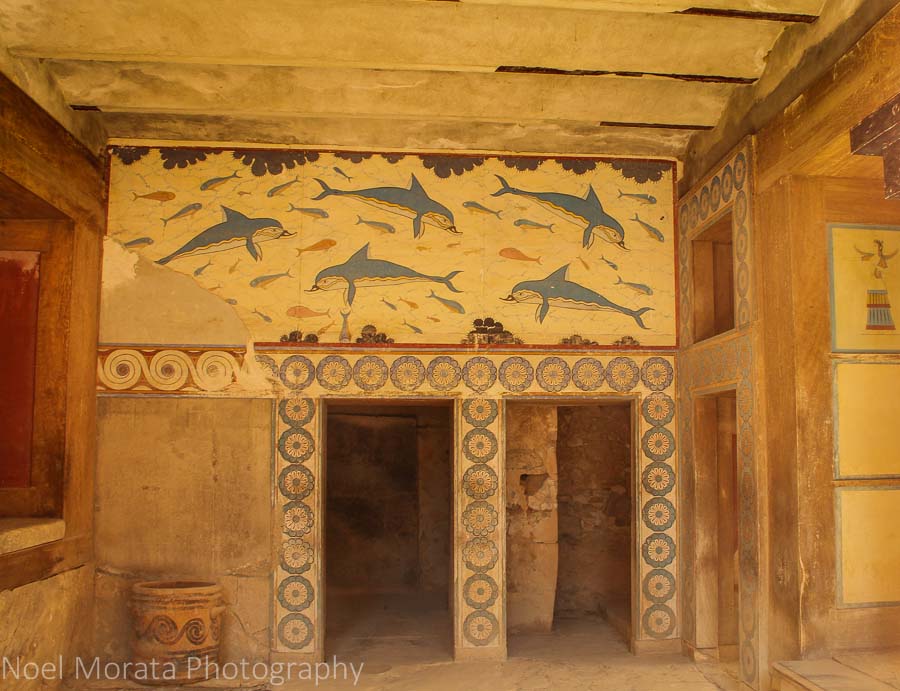
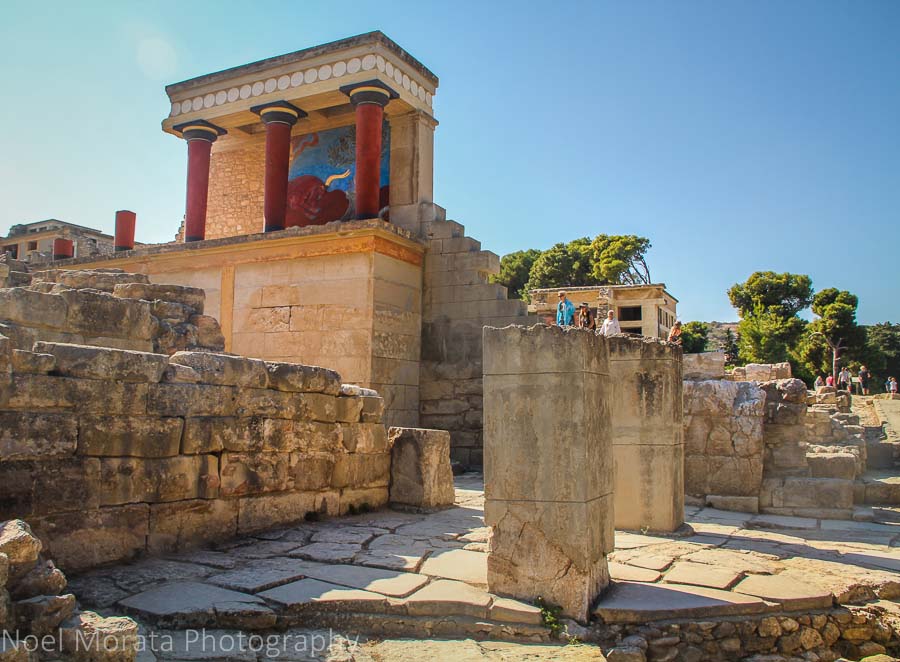

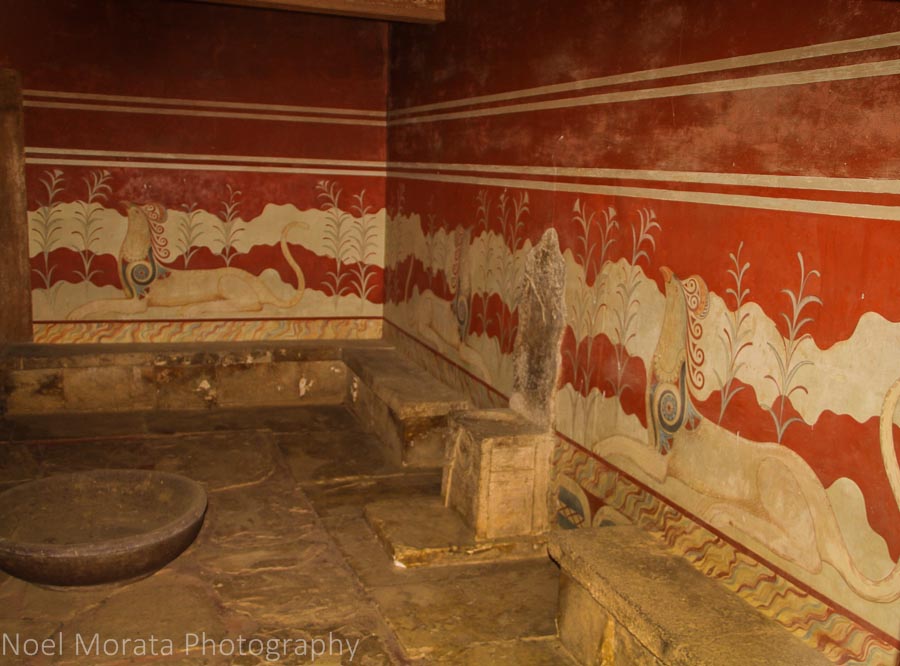
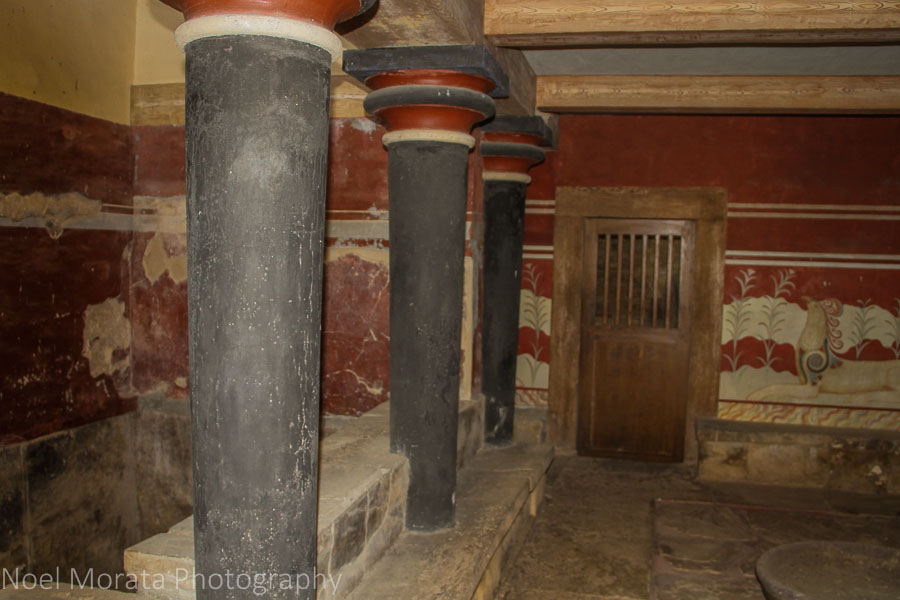
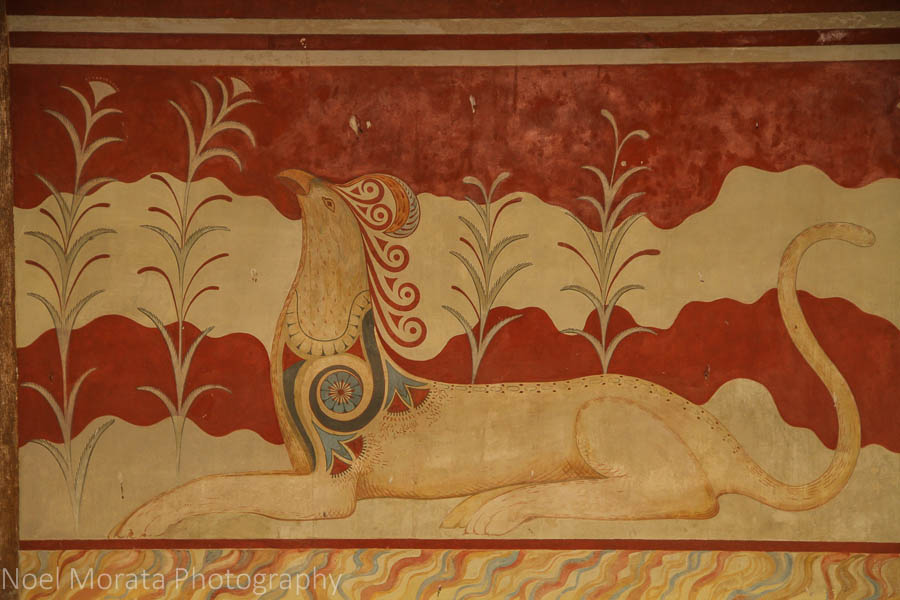
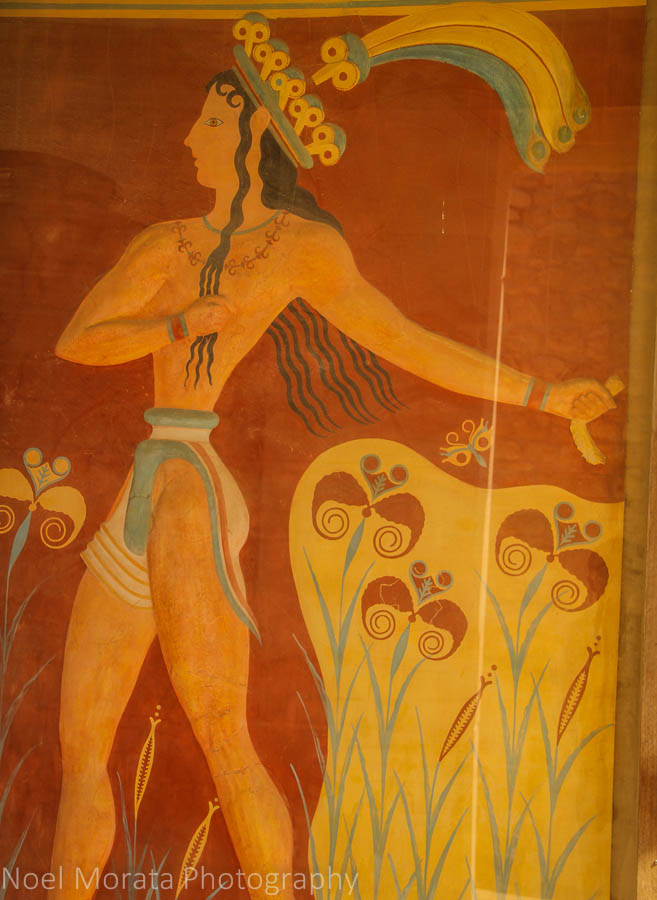
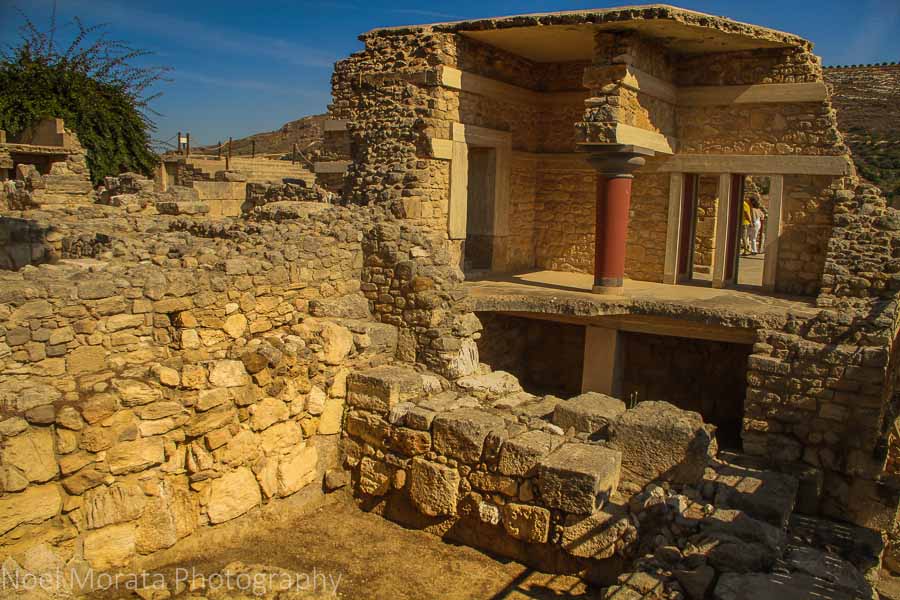
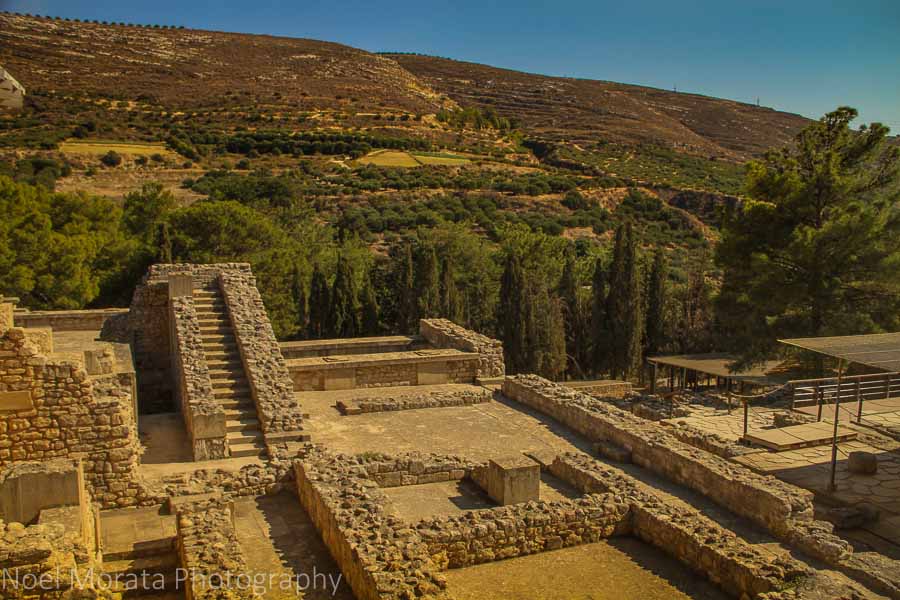

Greece is very popular travel destination amongst europeans especially Athen, Rodosz and Korfu. Great images by the way !
Noel, your photos are just wonderful! Really enjoyed reading the info of Knossos.
Hi Anderson, thanks so much for the wonderful comment, hope you visited Knossos and saw this amazing site?
Wow the throne room is so cool! It’s amazing how it’s withstood the test of time and the throne is still pretty intact!
Your photos are so amazing! Over 1300 rooms, that is remarkable. I can imagine how much work it took to maintain such an enormous place.
No one coming to Crete should miss Knossos! The archaeological site is icredible. I have visited twice and every time I am more impressed. I highly recommend visiting the Archaeological museum in Heraklion too.
The kids and I love seeing articles about greece and crete. They are learning about greek mythology at the moment and they really enjoy seeing the ruins of all the great site. Great article, thanks.
Noel, your photos are just wonderful! Really enjoyed reading the info of Knossos. I’m amazed how well-preserved a lot of it is.
Wow I was there last May … such a beautiful place to explore and discover minoan legacy
This post makes me sad that we missed Crete during our time in Greece! Adding Knossos to the list for our next visit. Your pictures are incredible! Thanks for the tips on when to visit!
It´s incredible to think that those building and paintings dates back from 1400 BC. Such an amazing engineering and art designing.
As much as I get to know about the ancient Greeks more I admire them.
Thanks for sharing you tour.
Nat
Hii Noel,
Your travel stories are always inspiring. For me greece has always been in bucket list. Thanks for sharing.
Keep sharing the world.
A lot of great murals still intact… love the dolphin one. This is one of the most colorful ruin sites I’ve seen!
I’ve been going through my pictures of Knossos the last few days to pick a couple for my article on Crete. I have practically the same exact shots as probably four of your photos! 🙂
Yes, it’s not so hard when the site is a little restricted but definitely a colorful and historic place to visit